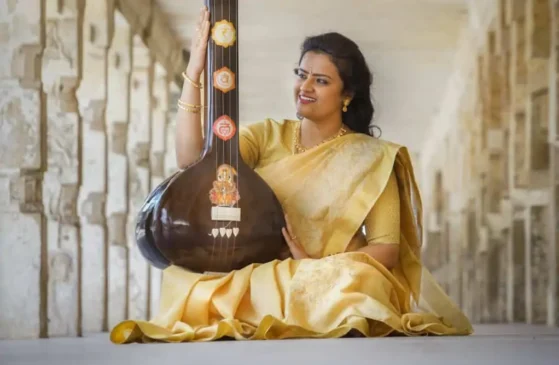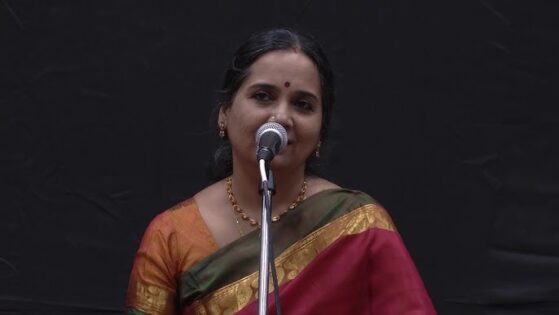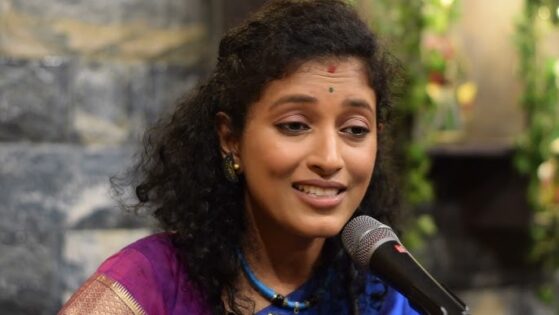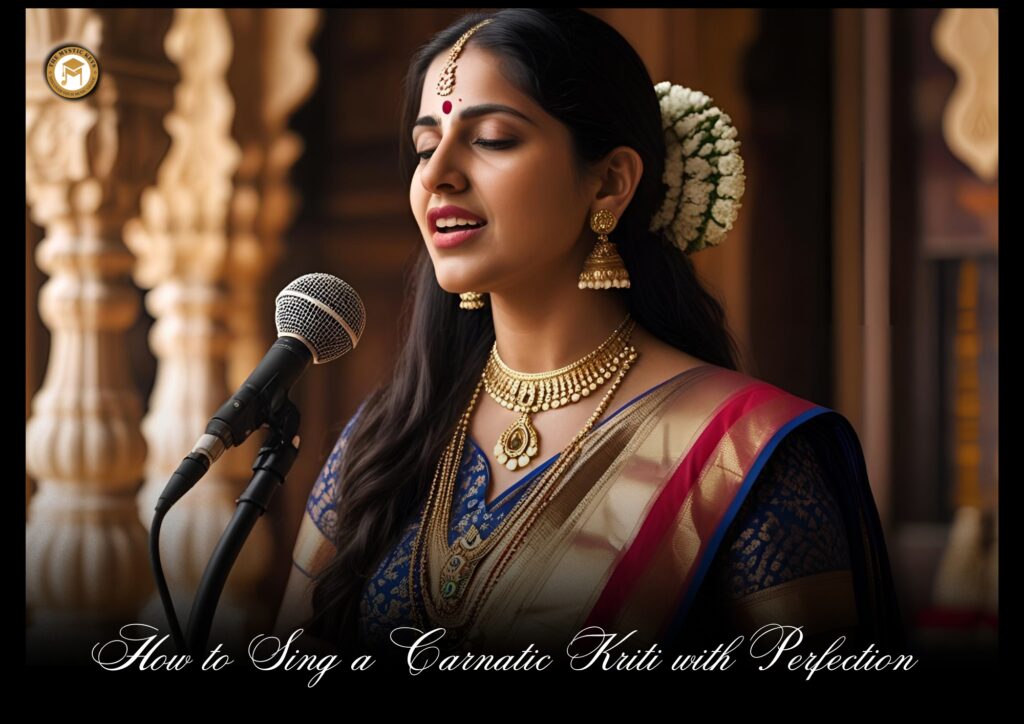How to Sing a Carnatic Kriti with Perfection | A Step-by-Step Guide
Carnatic music is a profound art form steeped in centuries of tradition, emotional richness, and technical complexity. Among its many treasures, the Kriti stands out as the most widely performed and revered composition type. To sing a Carnatic Kriti beautifully and with precision is a journey that goes beyond mere vocalization. It involves immersing yourself in the intricate nuances of melody and rhythm, connecting deeply with the composer’s intent, and expressing the heartfelt emotion woven into every line. Whether you’re a beginner striving to grasp the foundational elements or an intermediate student aiming to refine your skills, mastering the art of singing a Carnatic Kriti calls for dedication, sensitivity, and thoughtful practice.
But what exactly does it take to achieve this mastery? In the following sections, we will carefully explore the essential steps—moving from careful preparation through to confident performance—that will help you sing a Carnatic Kriti with clarity, authenticity, and emotional depth.

Understanding What a Kriti Is | The Foundation
Before we explore how to sing a Carnatic Kriti with perfection, it’s important to first understand what a Kriti truly is. At its core, a Kriti is a structured and devotional musical composition that forms the heart of Carnatic music performances. To sing a Carnatic Kriti with authenticity, one must first appreciate its internal architecture, which typically consists of three key sections:
Pallavi – the main thematic line or refrain that sets the tone
Anupallavi – a continuation of the theme, often offering contrast or further development
Charanam – the concluding section, usually more elaborate and musically rich
These segments are not just compositional formats but vehicles of expression, emotion, and spirituality. Unlike varnams or keerthanams, kritis delve deeper into devotional content and often unfold layers of philosophical and emotional meaning through the interplay of melody and lyrics. When you sing a Carnatic Kriti, you’re not merely reciting notes—you’re invoking ragabhava, the emotional essence of the raga, and bringing to life the vision of legendary composers like Tyagaraja, Muthuswami Dikshitar, and Syama Sastri, whose works transcend time as spiritual and musical masterpieces.

Choose the Right Kriti for Your Voice and Level
A common mistake among learners eager to sing a Carnatic Kriti is to jump into compositions that are either too complex or not suited to their current vocal range. This often leads to frustration and discouragement early in the learning process. To avoid this, it’s essential to choose a kriti thoughtfully and strategically. Begin by selecting one that is set in a raga you are already familiar with. This familiarity helps you focus more on perfecting the phrases, gamakas, and expressions rather than struggling to grasp a new melodic framework.
Equally important is selecting a kriti that matches your vocal ability and comfort level. Avoid extremely fast or intricate compositions in the beginning. Instead, opt for kritis with clear lyrical content and a slow to moderate tempo, which allows for thorough learning and detailed articulation. For beginners, compositions like “Vatapi Ganapatim” (Hamsadhwani) and “Rama nannu brovara” (Harikambhoji) serve as excellent choices. These kritis strike a good balance between accessibility and musical depth—ideal stepping stones as you learn to sing a Carnatic Kriti with confidence and expression.

Listen, Observe, and Internalize
Once you’ve chosen your kriti, don’t jump into singing immediately. The first step is to listen to the composition multiple times—preferably from authentic sources or your own guru.
Pay close attention to:
The flow of the raga and how it is brought out in each line
Gamaka (ornamentation) used in sangatis (musical variations)
Pronunciation and split of sahitya (lyrics) according to tala
Bhava (expression) with which the composition is rendered
Listening trains your subconscious. The more you internalize, the easier it will be to reproduce the essence of the kriti.

Break Down the Sahitya and Understand Its Meaning
Each Kriti is not just music; it’s poetry drenched in devotion. Understanding the meaning of the lyrics enhances your emotional connection and adds soul to your singing.
For example, in Tyagaraja’s “Endaro Mahanubhavulu,” he praises the many saints and great souls who have experienced divinity. Understanding this helps you deliver the kriti with appropriate humility and reverence.
So, before learning the tune:
Translate each line (with your teacher or via trusted sources)
Identify where the composer emphasizes devotion, surrender, joy, or pleading
Match the raga bhava to the sahitya bhava

Master the Raga and Tala Framework
Now comes the technical preparation. Every kriti is embedded within a raga (melodic framework) and tala (rhythmic cycle). To sing it perfectly, your grasp of the raga must be solid.
For the raga:
Practice the arohana-avarohana (ascending and descending scales)
Sing simple phrases (sancharas) within the raga
Learn and practice the specific gamakas that define the raga’s identity
For the tala:
Clap and recite the tala before singing
Use a metronome or tala app to maintain a steady tempo
Break the kriti into tala units for clarity
This step ensures you don’t just memorize the kriti but sing it in perfect alignment with its melodic and rhythmic soul.

Learn the Sangatis Systematically
Sangatis are the variations or musical elaborations of a line in a kriti. They offer depth and allow the singer to explore the raga further. But they must be learned in progressive layers:
Begin with the basic line (plain tune)
Then, move to simpler sangatis
Gradually build up to more complex versions
Repeat each sangati multiple times until it flows effortlessly. If you learn from a guru, follow their version faithfully, as Carnatic music encourages bani (style lineage) preservation.

Focus on Bhava – Sing with Feeling
Once you’ve learned the technical aspects, it’s time to bring life into the kriti. Bhava or emotion is what separates a technically correct rendition from a truly moving one.
To develop bhava:
Practice singing with closed eyes to focus inward
Try singing the kriti without any shruti and see if the raga still resonates
Express the meaning of the lyrics through your voice modulation, dynamics, and pauses
As your familiarity grows, you’ll find the kriti naturally flows with emotion.

Record, Review, and Refine
Perfection comes with reflection. Record your practice sessions and performances, and watch them with a critical ear.
When reviewing:
Check if you’re maintaining shruti consistently
Identify tala misalignments or speed fluctuations
Evaluate if your sangatis are clear and well-executed
Ask yourself: “Does my rendition reflect the mood and spirit of the kriti?”
Share recordings with your teacher or fellow learners for constructive feedback.

Perform with Confidence and Grace
Finally, take the Kriti to the stage—or even a small gathering. Performance is a different experience from practice. It teaches you to stay calm, connect with your audience, and deliver with authenticity.
Before performing:
-
Practice with sruti box and mridangam support
-
Rehearse the entire kriti without breaks
-
Visualize the audience and your delivery
And remember: perfection is not just about technical accuracy—it’s about devotion, clarity, and expression. If you can touch even one heart with your singing, your Kriti is already perfect.

Final Thoughts | Singing a Kriti is a Lifelong Journey
A Kriti may only last a few minutes on stage, but the journey to truly sing a Carnatic Kriti with depth and grace is often a long and evolving one. What begins as a simple melody gradually transforms into a rich tapestry of emotion, nuance, and precision. It can take weeks, months—or even years—to internalize every sangati, perfect each gamaka, and align the expression with the soul of the composition.
And yet, that’s precisely the enduring beauty of Carnatic music. Each time you return to the same Kriti, it reveals something new—a subtle inflection you previously overlooked, a deeper emotional shade to interpret, or a more refined way to articulate a musical phrase.
This continuous unfolding is not a limitation but a gift. It teaches us that to sing a Carnatic Kriti is not just a performance—it’s a spiritual and artistic practice. So stay patient as you refine, stay persistent as you grow, and above all, stay passionate. Because with every sincere attempt, you’re not just learning music—you’re becoming one with it.
Want to Perfect Your Kriti Singing?
Join our Carnatic Vocal Lessons Online at The Mystic Keys, where seasoned instructors will take you on a transformative journey—from foundational skills to advanced techniques. Discover the subtle art of Kriti singing, master bhava-rich expression, and build a disciplined practice routine—all from the comfort and convenience of your home.
For more information and exciting resources about learning music, visit our website at The Mystic Keys. For more music content and exciting offers follow us on
Facebook, Instagram, YouTube, LinkedIn, Twitter, Pinterest, and Threads,
Related Blogs
Breath control is undeniably one of the most essential aspects of Carnatic singing, laying the foundation for vocal expression and artistry.
Understanding gamakas unlocks the depth and beauty of Carnatic music, one of the oldest and most intricate classical traditions in the world.
Carnatic music, alongside Hindustani classical music, is one of India’s two primary classical traditions. Rooted in South India, it is deeply intertwined with devotional and spiritual practices, with compositions dedicated to Hindu deities








